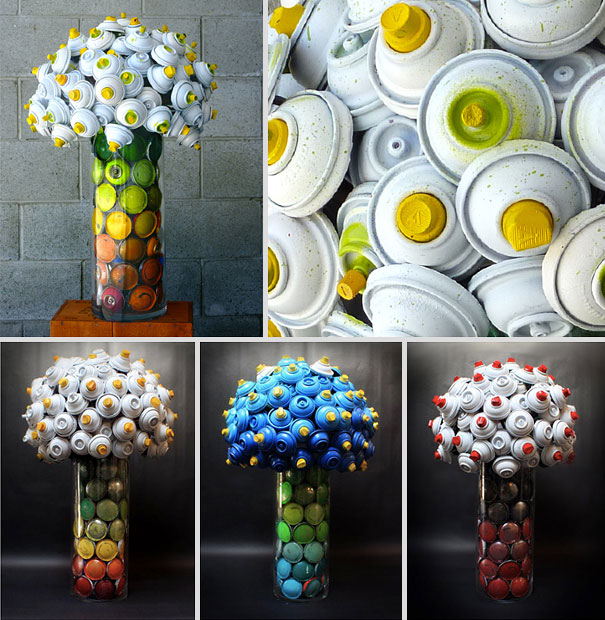 Horticulture ‘Science & Art’:
Horticulture ‘Science & Art’:
Horticulture is the science, art, technology and business involved in intensive plant cultivation for human use. It is practiced from the individual level in a garden up to the activities of a multinational corporation. It is very diverse in its activities, incorporating plants for food (fruits, vegetables, mushrooms, culinary herbs) and non-food crops (flowers, trees and shrubs, turf-grass, hops, grapes, medicinal herbs). It also includes related services in plant conservation, landscape restoration, landscape and garden design/construction/maintenance, horticultural therapy, and much more. This range of food, medicinal, environmental, and social products and services are all fundamental to developing and maintaining human health and well-being. Horticulture is the science and art involved in the cultivation, propagation, processing and marketing of ornamental plants, flowers, turf, vegetables, fruits, and nuts. It is unique among plant sciences because it not only involves science and technology, but it also incorporates art and principles of design.
Horticulture, literally garden culture, is a part of crop agriculture that also includes agronomy and forestry. By tradition, horticulture deals with garden crops such as fruits, nuts, vegetables, culinary herbs and spices, beverage crops, and medicinal, as well as ornamental plants. Agronomy is involved with grains, pasture grasses and forages, oil seeds fiber crops, and industrial crops such as sugarcane, while forestry is involved with trees grown for timber and fiber as well as the incidental wildlife. The edible horticultural crops are used entirely as human food and are often utilized in the living state and thus highly perishable. In contrast, edible agronomic crops are often utilized in the nonliving state, are highly processed, are often used for animal feed, and usually contain a high percentage of dry matter. The precise distinction between horticultural and agronomic crops is traditional. In general, horticultural crops are intensively cultivated and warrant a large input of capital, labor, and technology per unit area of land, but in modern agriculture, horticultural crops may be extensively grown while many agronomic crops are now intensively cultivated. Many crops are claimed by more than one discipline. Horticulture is practiced in large agricultural operations, in small farm enterprises, and in home gardens.
For more information : http://www.seedbuzz.com/knowledge-center/article/horticulture-'science-art'






